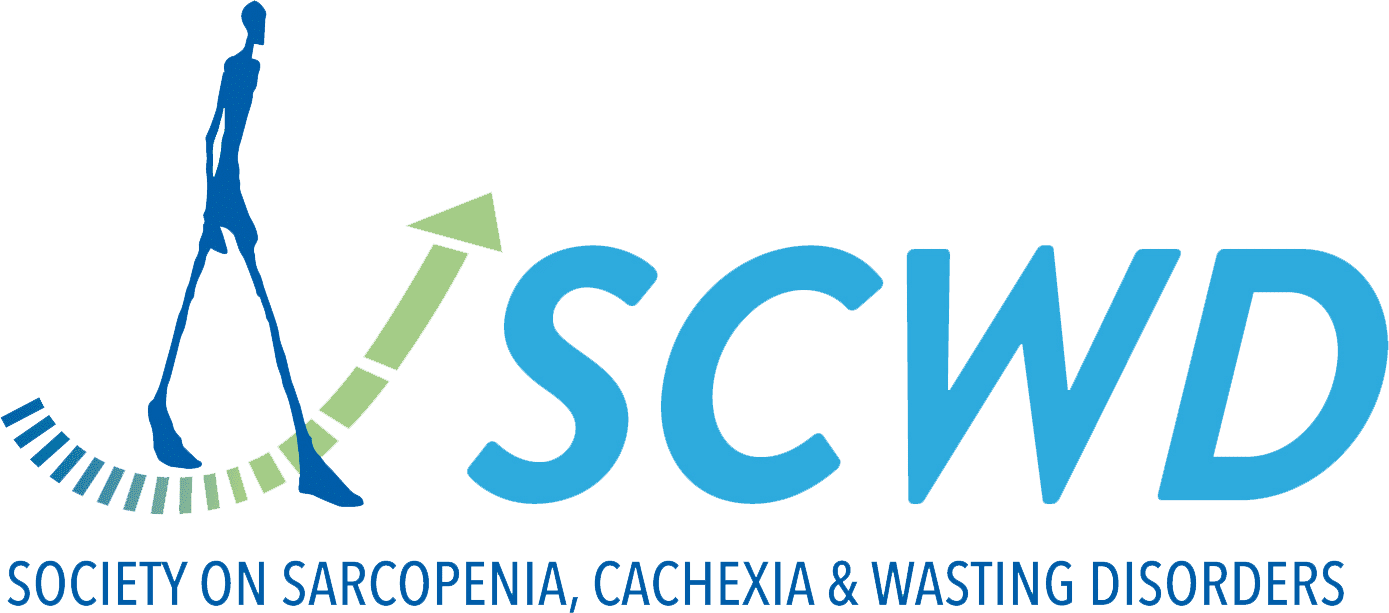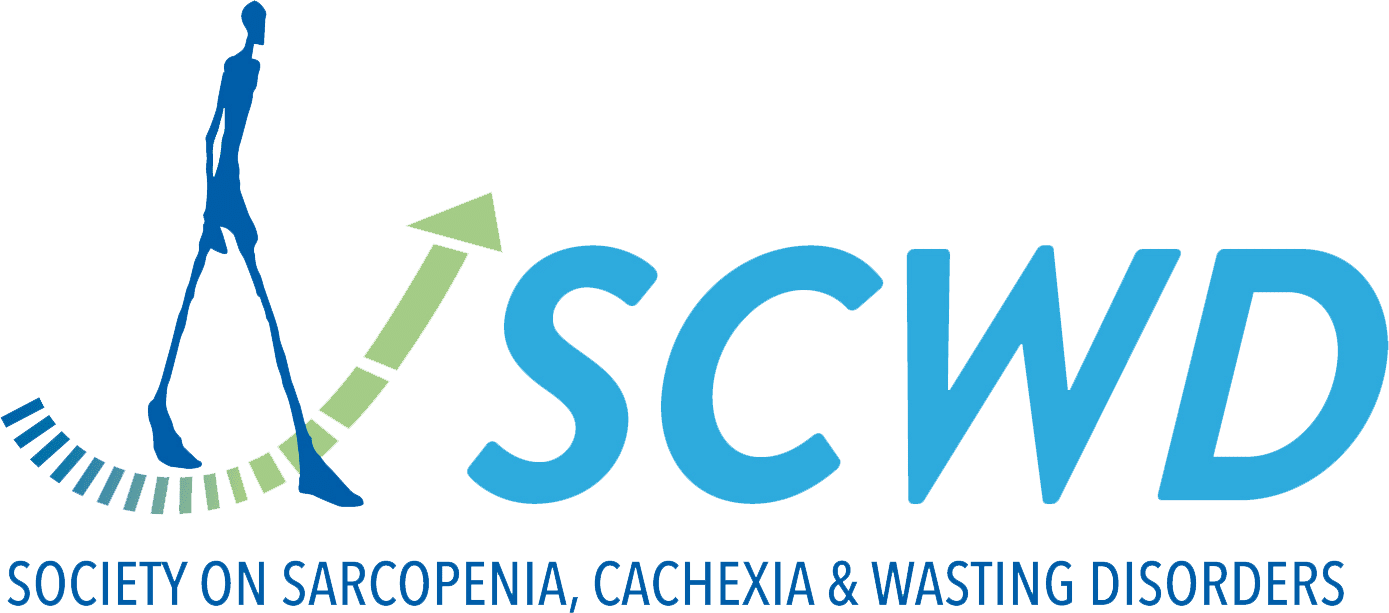Effect of Cancer Cachexia on the Efficacy and Treatment Delivery of Chemotherapy in Older Patients With Advanced Small Cell Lung Cancer.
Cachexia is a syndrome in patients with cancer that reduces life quality and prognosis, characterized by severe weight loss, muscle atrophy, and anorexia. How cachexia adversely affects older patients with small cell lung cancer (SCLC) remains uncertain. This study aimed...


